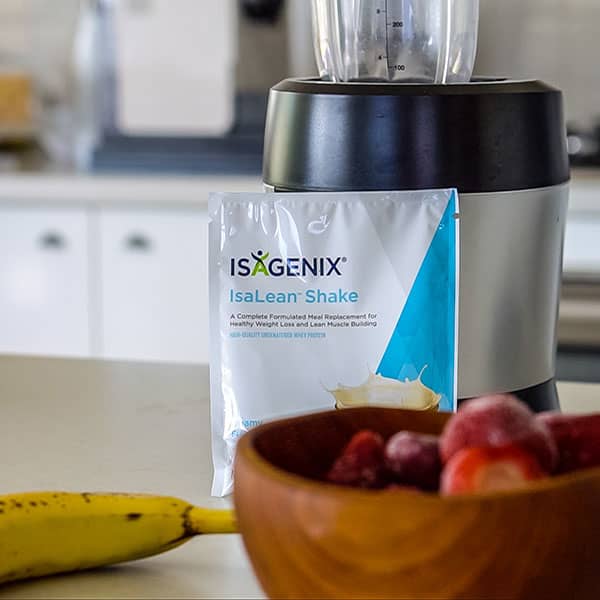There are some potential risks and side effects involved with extended fasts (periods of fasting more than 24 hours):
- Hunger (possibly the most common side effect)
- Constipation (less food going in means less waste coming out)
- Heartburn
- Headaches (these tend to disappear after the few times fasting)
- Dizziness
- Muscle cramps
- Refeeding syndrome (a rare side effect that tends to only happen with extended fasts of 5 to 10 days or longer)
Since the majority of these side effects are manageable and minor, they do not mean you must stop your fast. However, if you feel truly worried or sick, experience excessive dizziness, feel extremely weak, or experience other severe symptoms, you should stop your fast.
Just remember to go slowly when you break a fast, prioritise fluids, listen to your body, and consume some salt (bone broth is excellent for this as it contains a host of other nourishing nutrients). Of course, if the side effects persist, contact your doctor immediately.
Fortunately, severe side effects of intermittent fasting are rare, especially if you make a point to supplement with electrolytes and remain adequately hydrated. The biggest rule of starting intermittent fasting -- especially extended fasts -- is always checking with your health care provider first.




